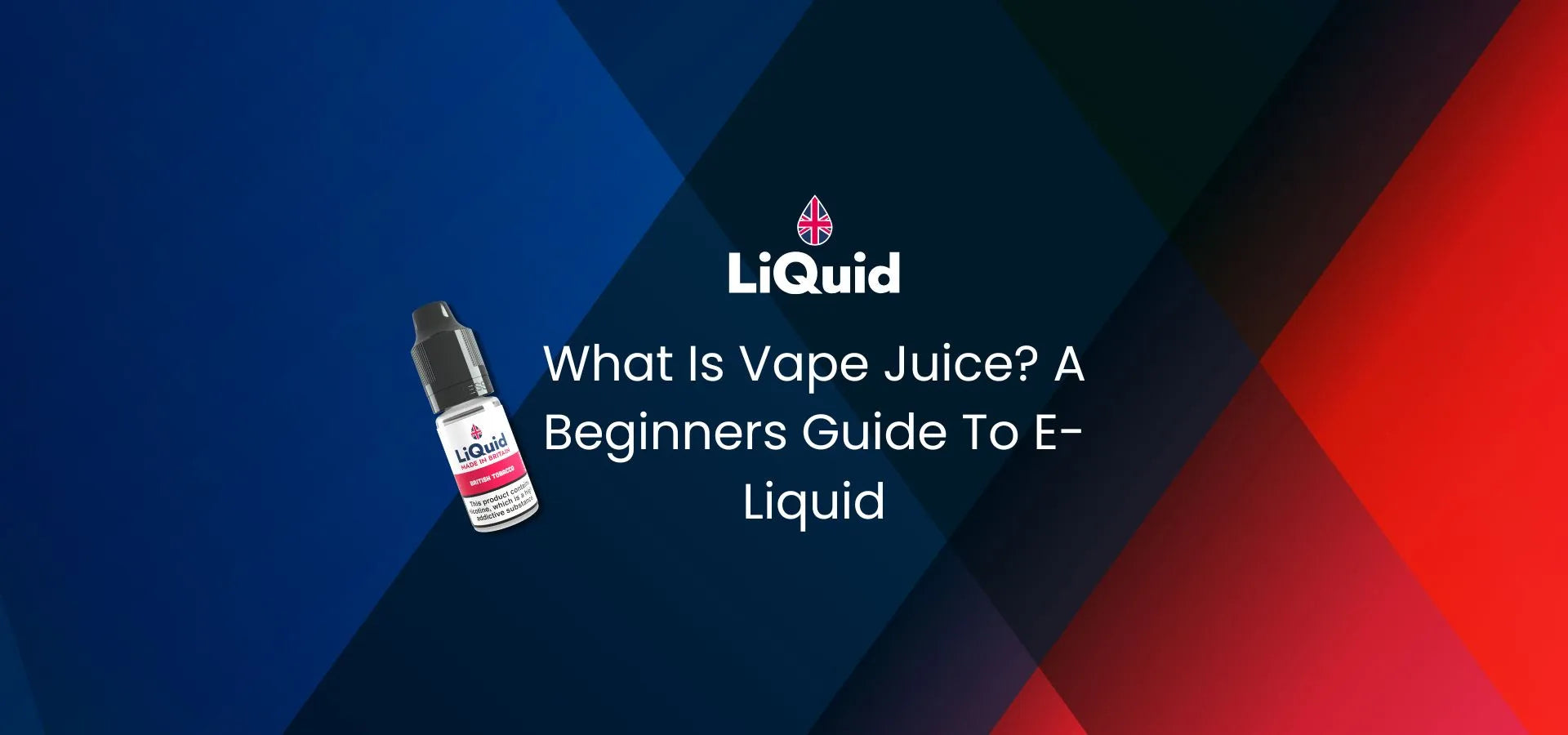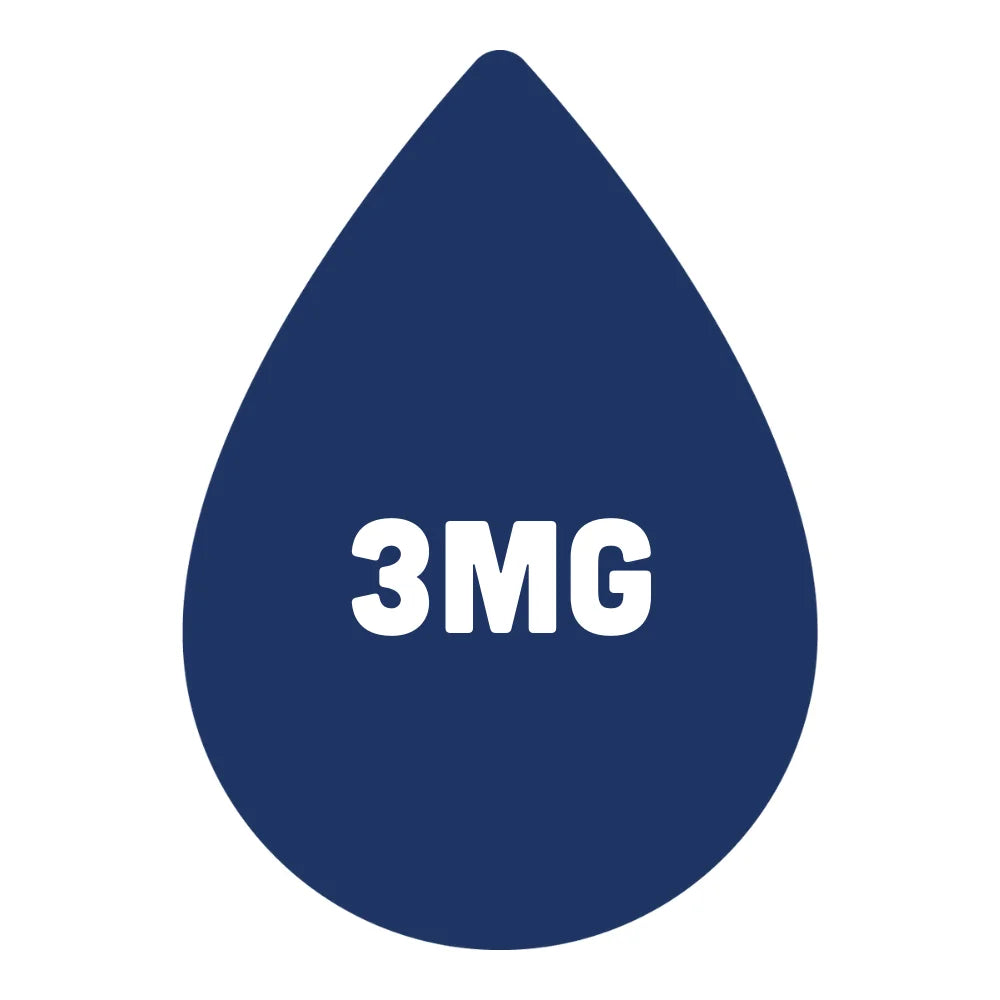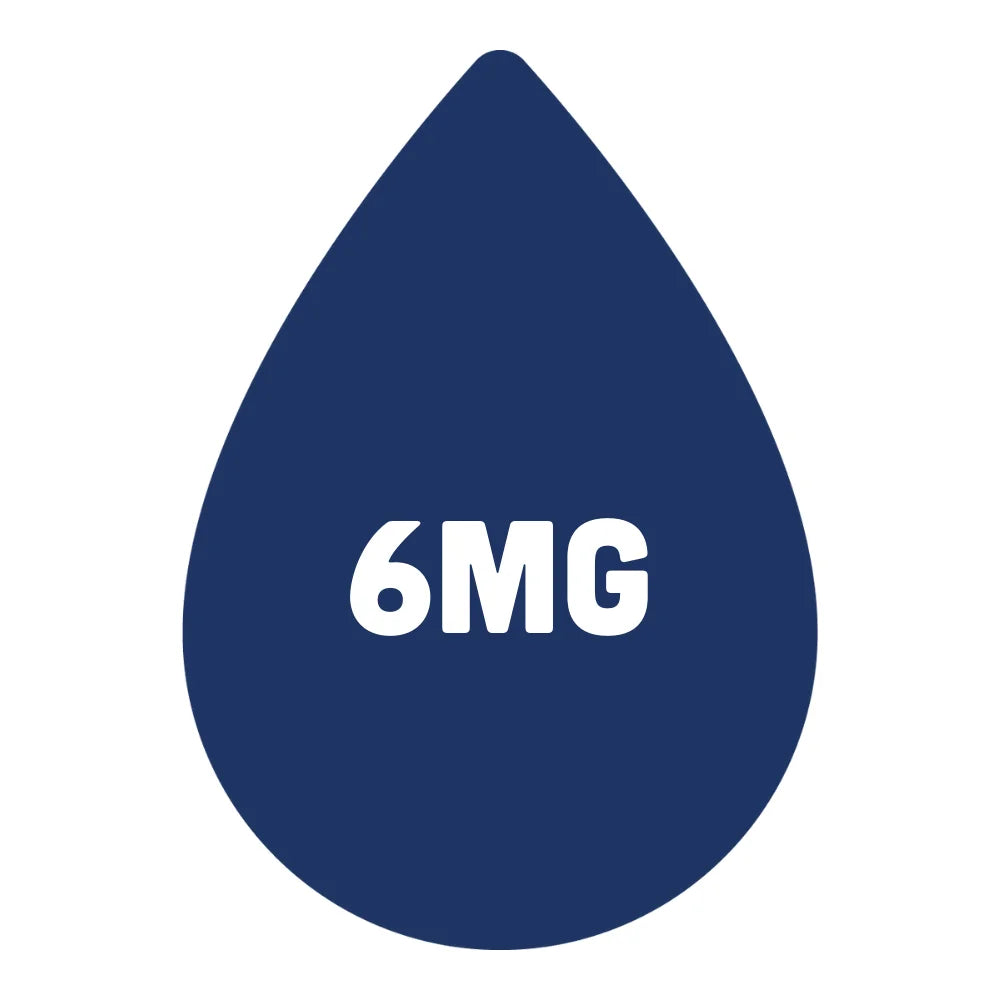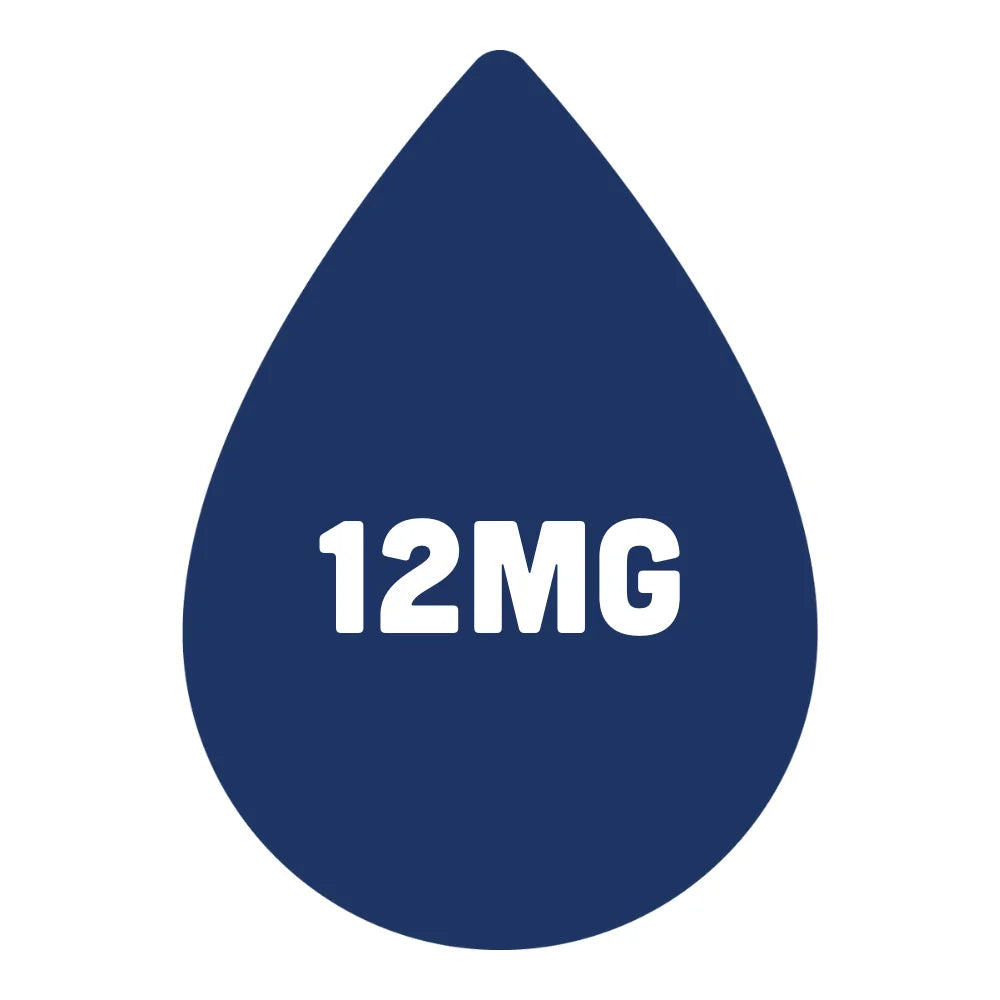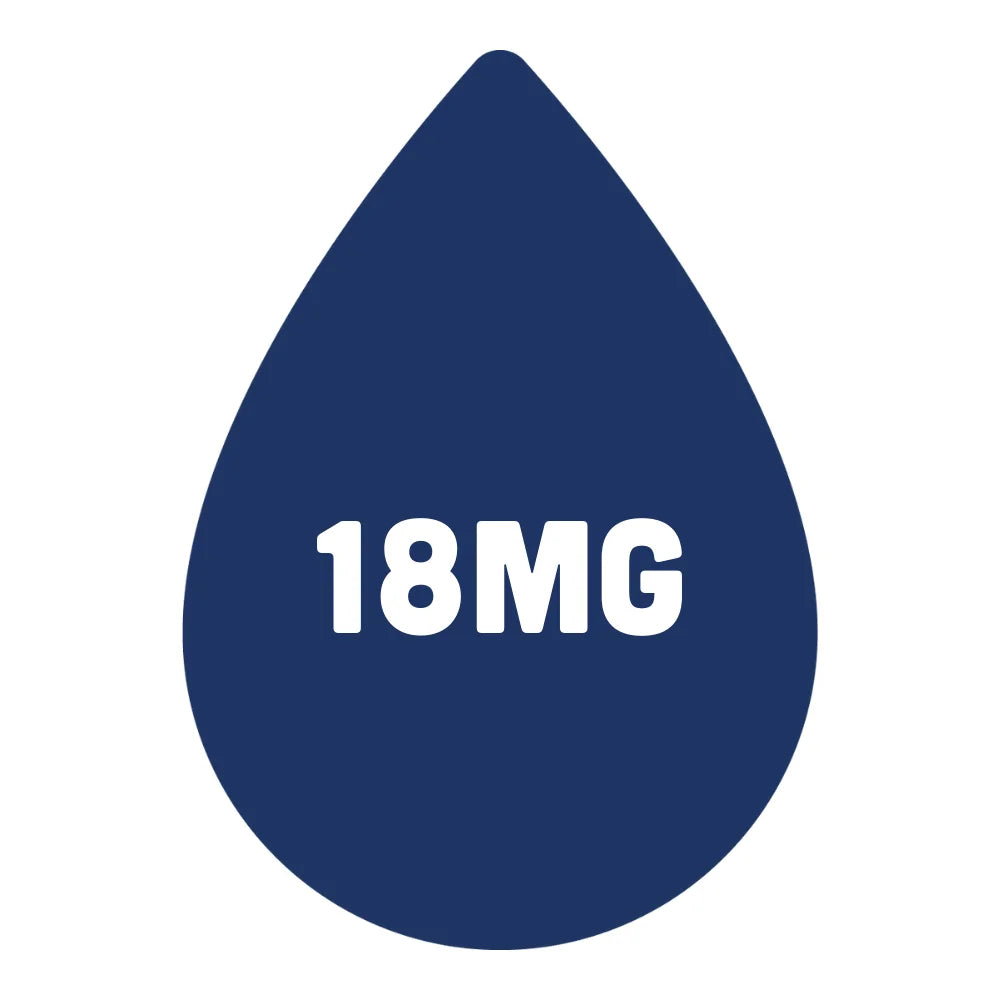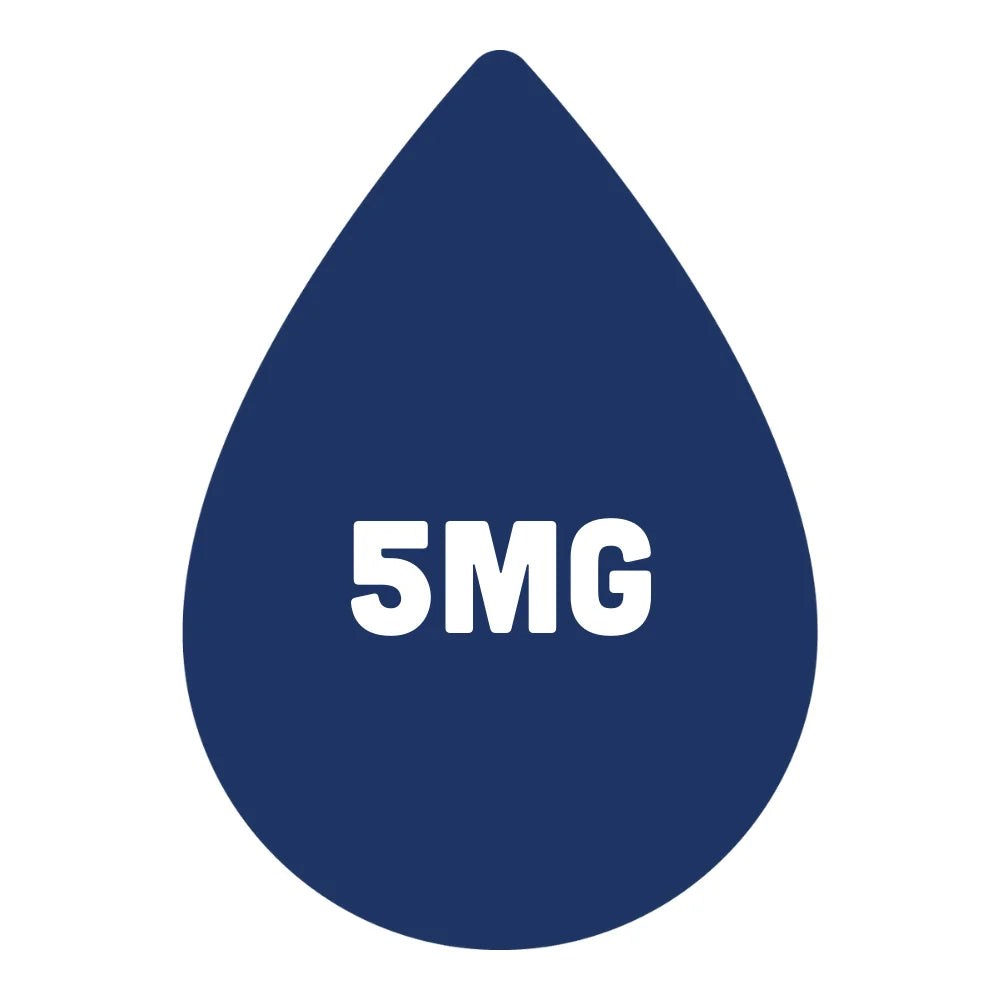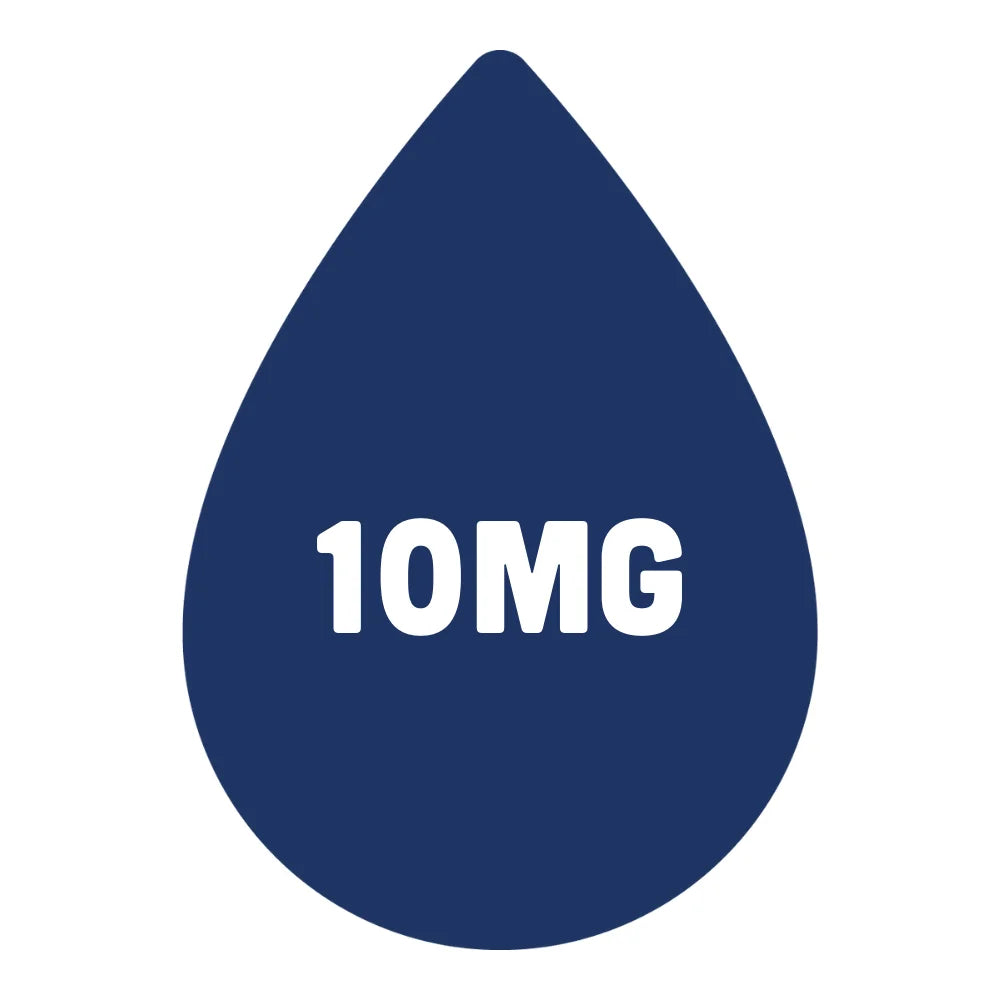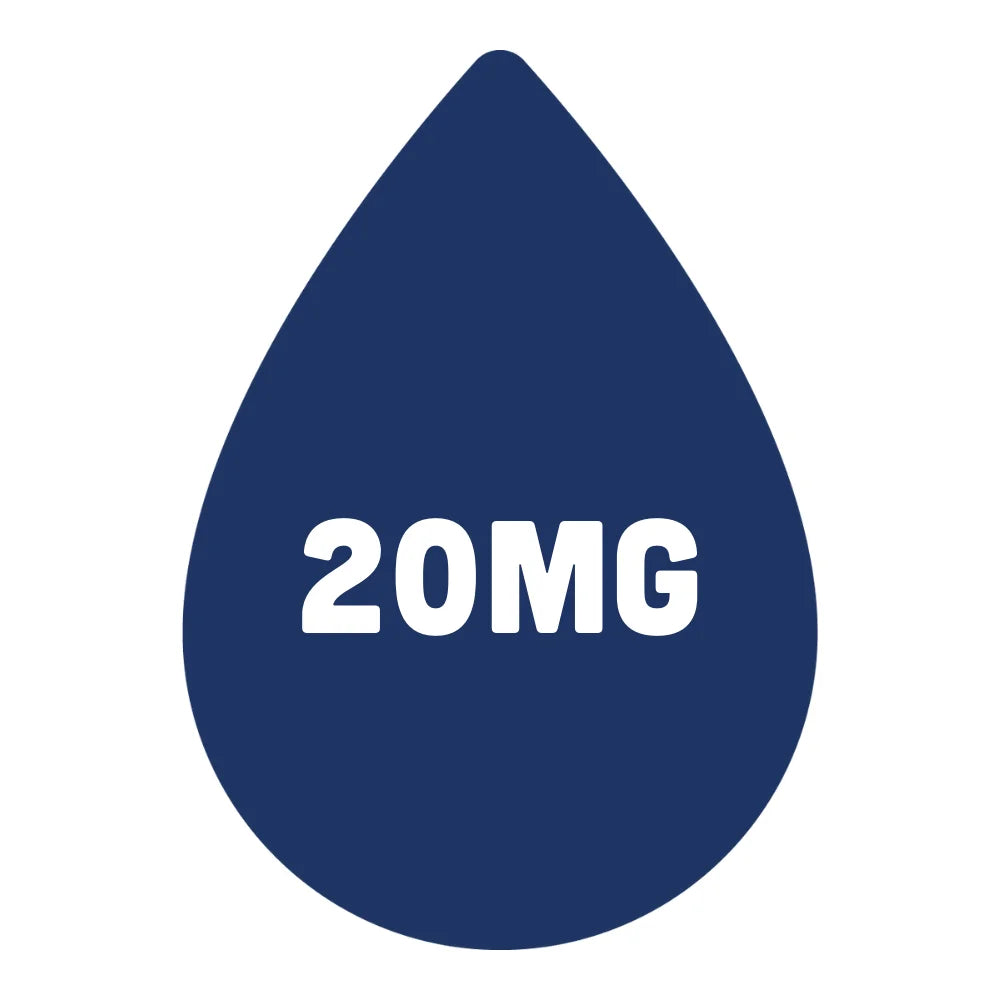What Is Vape Juice? A Beginner's Guide to E-Liquid
As a new vaper, choosing the right e-liquid for your journey is a vital but challenging first step. Between vaping jargon and the staggering amount of products available to choose from, it's difficult to know where to get started. That's why we have pooled our vaping experts' 10+ years of knowledge to create this beginners guide to the world of vape juice, where we will break down the key information that will guide you to the right products and help ensure your vaping journey has a successful start.
Read on to explore everything from the basics of what vape juice is, and the ingredients that go into each bottle, to guidance on nicotine strengths, product types, flavour options and more.
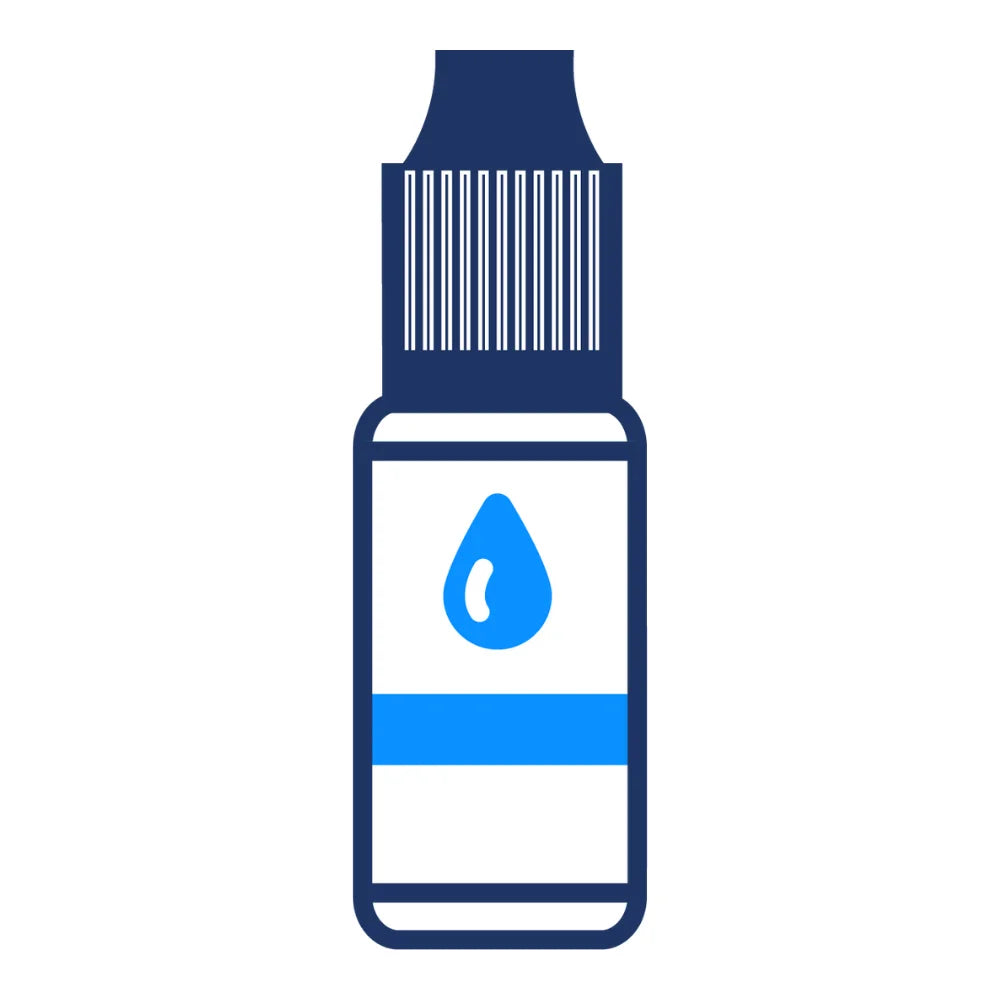
What Is Vape Juice?
TLDR - vape juice is:
- A liquid containing nicotine and flavourings that we use with e-cigs to manage cravings
E-liquid, also called vape liquid or vape juice, is the substance we vaporise in e-cigarettes to deliver the nicotine-containing vapour we then inhale to satisfy our cravings. They come in a variety of different flavours and formats, with varying properties suited to different vaping styles.
Different types of e-liquid are created by carefully blending specific amounts of 4 key ingredients to deliver differing experiences, intended to suit different user preferences. Ultimately however, e-liquid is intended as a less harmful method of nicotine consumption, whether it is used as a permanent alternative to cigarettes, or as part of a longer quitting journey culminating in a nicotine free lifestyle.

How Do I Use Vape Juice?
TLDR - using vape juice is as simple as:
- Opening you vape pod or tank
- Opening your e-liquid bottle
- Carefully filling the tank/pod with the vape juice
- Allowing to absorb for a few minutes
- Activating your vape kit and inhaling the tasty vapour
Using your vape juice is one of the simplest steps on your journey. It's just a case of locating the filling port on your chosen vape tank or pod, and then gently squeezing the e-liquid bottle to add some to the vessel. It is best practice to allow the tank/pod to stand for up to 5 minutes to absorb properly into the vape coil. After this, you can fire up your device and inhale to enjoy the flavours and satisfying nicotine hit.
What Ingredients Are In E-Liquid?
E-liquid typically contains four primary ingredients: PG, VG, nicotine & flavouring. PG stands for Propylene Glycol, VG stands for Vegetable Glycerol - both are flavourless and mostly tasteless clear liquids that are common bases used to make a huge variety of products from medicines to foods! E-liquid flavourings are carefully created and refined to work perfectly and be stable in the base PG and VG, while the nicotine is specifically diluted down to 7.2% concentration in PG to allow us to accurately create our ranges of nicotine strengths.
Find out more about each ingredient below:
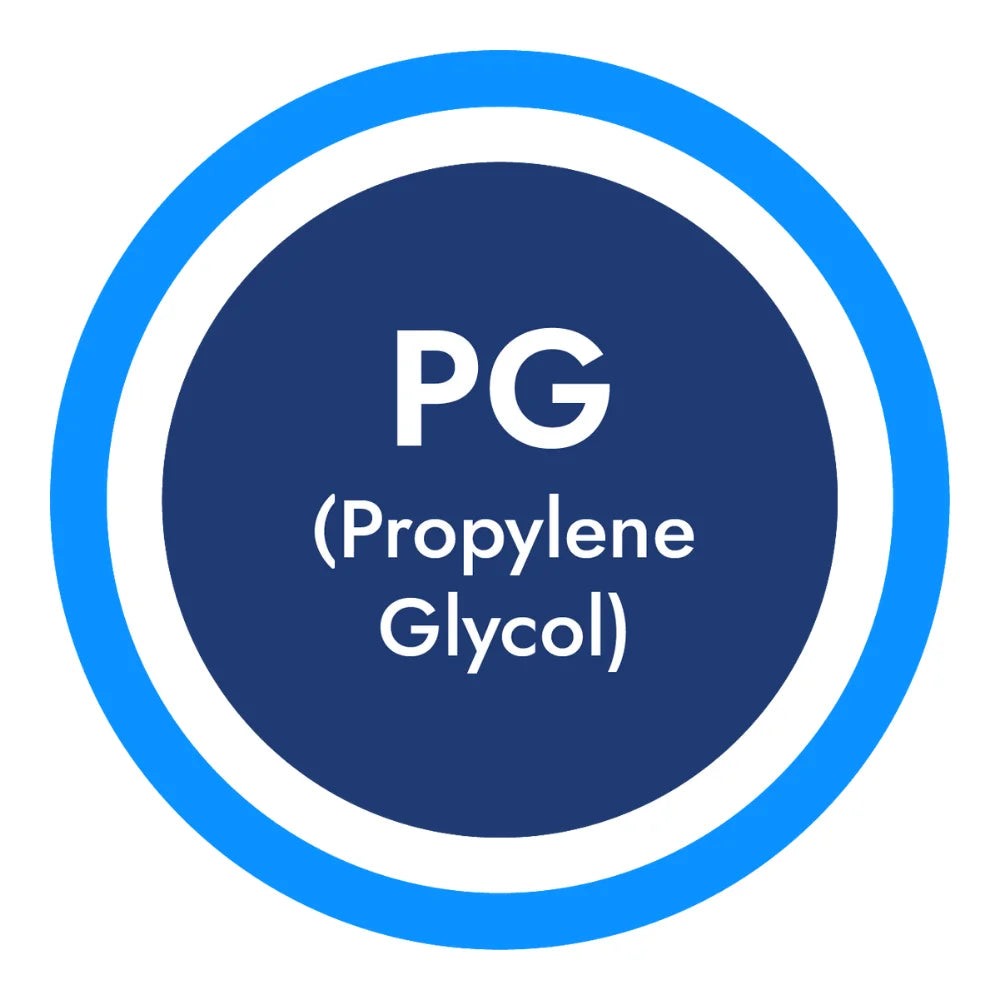
Propylene Glycol (PG)
TLDR: PG is the flavour carrier.
- PG is a clear, tasteless and colourless base material used in many common products including inhalers.
- PG is used in e-liquids as it is a very effective carrier for flavourings and nicotine.
- PG is thinner in consistency than VG and produces far less vapour.
- 50/50 vape liquids are made using a higher volume of PG, allowing them to accommodate higher nicotine strengths.
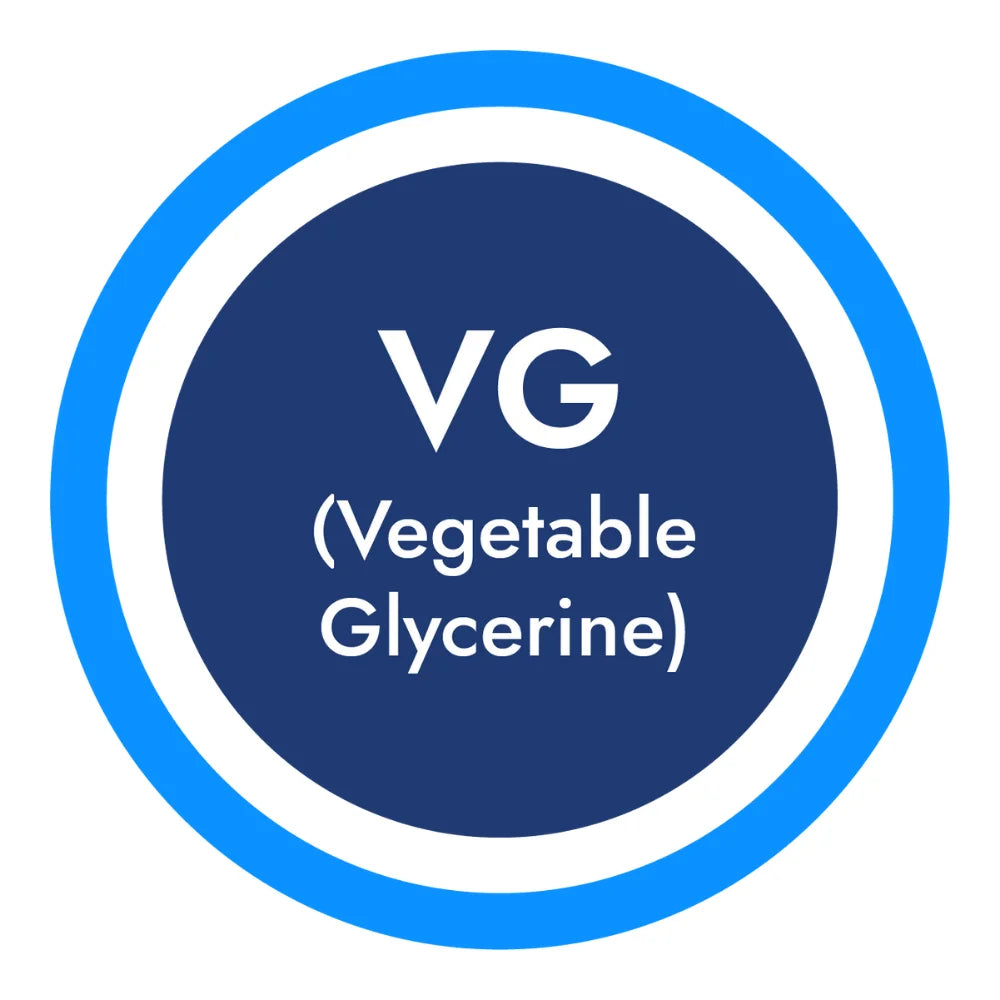
Vegetable Glycerine/Glycerol (VG)
TLDR: VG is the cloud-maker.
- VG is a clear, slightly sweet and colourless base material that is used in a massive range of products, from food to hand sanitiser.
- VG is perfect for e-liquids as it helps to create bigger and bolder flavours by delivering more vapour per puff.
- VG is very thick in its consistency and can produce massive vape clouds.
- Most e-liquids use a balanced combination of VG and PG, as VG is not an effective carrier agent.

Vape Flavourings
TLDR: Flavourings make vaping more enjoyable.
- Flavourings are what truly bring an e-liquid to life, they come in near limitless varieties, with even dessert flavours such as cherry bakewell and sweet flavours such as pear drops being on offer.
- They are usually suspended in a base consisting primarily of PG, which allows the flavourings to be properly blended alongside VG to create the finished product.
- They are classed as “food-grade” and are very similar to those used in the catering industry. This does not mean you can add vanilla essence for baking to your e-liquid!
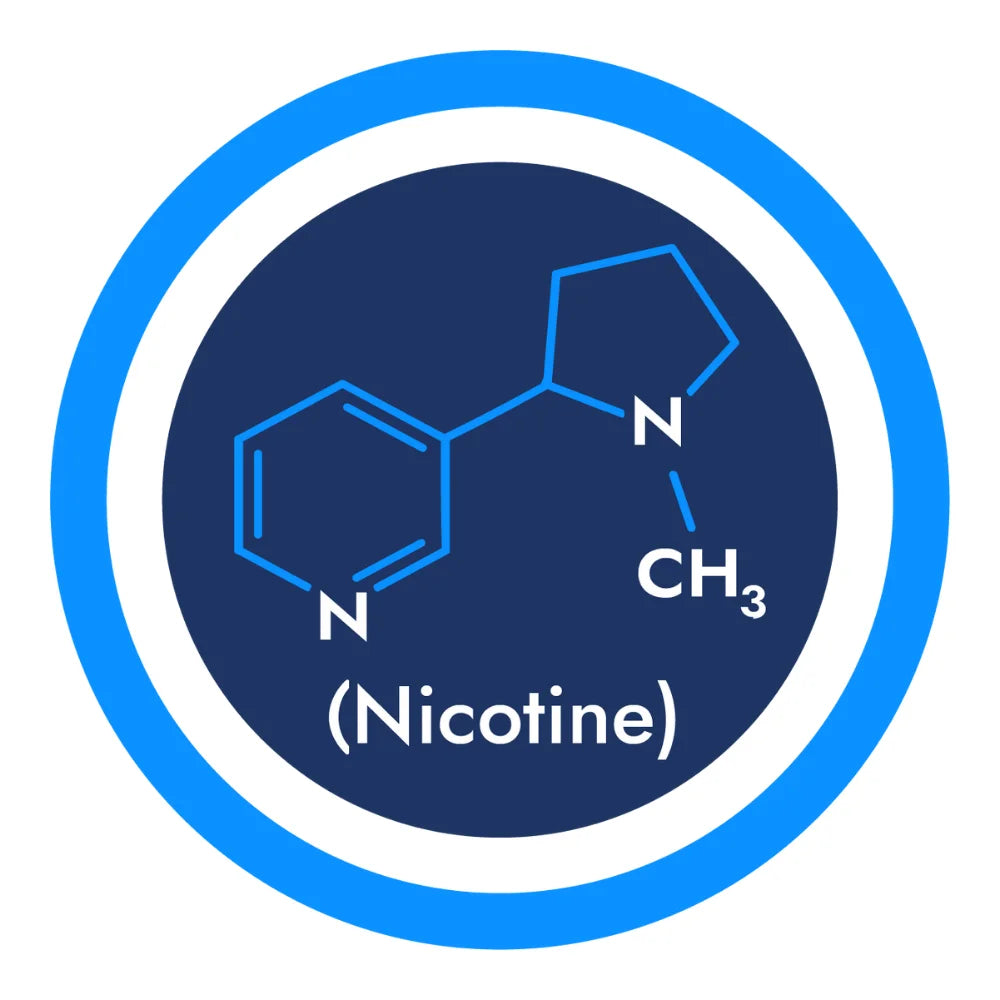
Nicotine
TLDR: Nicotine is the craving-beater.
- Nicotine in vapes is absorbed by our bodies when we inhale e-cigarette vapour. There are two types used in most e-liquids: freebase nicotine and salt nicotine (nic salts).
- Freebase is the most common type of nicotine used in e-liquids. It is called “freebase” as the nicotine itself is freely suspended in a base material like PG or VG, however, PG is far more common due to its superior properties as a carrier.
- Salt nicotine serves the same purpose as freebase nicotine; however, during manufacturing, the nicotine is modified to neutralise its naturally alkaline pH. The result is an e-liquid that is smooth on the throat and less harsh in taste, even at very high strengths like 20mg.
- Nic salts also deliver lasting satisfaction faster and for longer than freebase.
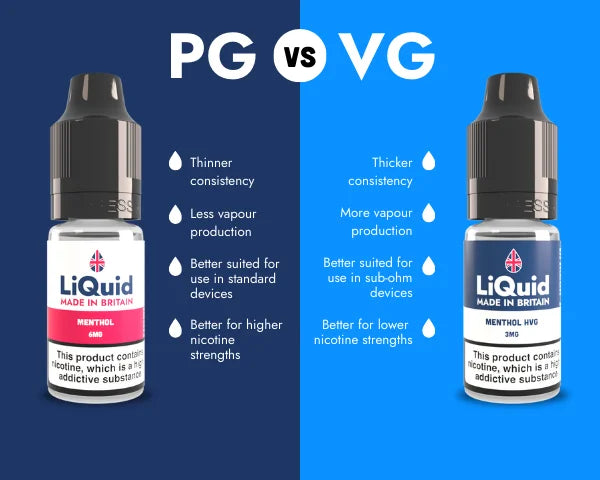
PG Vs VG Explained
As a new vaper, you may be curious whether you should opt for a high-PG or high-VG vape juice. This really comes down to personal taste as each option provides a different vaping experience, so it is worth considering your goals and needs when deciding.
In basic terms:
- High-PG e-liquids can be used in the widest range of vape kits and offer a wider range of nicotine strengths and throat-hits - this makes them a more common choice for new vapers who have recently quit smoking. They are associated with mouth-to-lung (MTL) vaping which involves vaping in the same way one typically smokes a cigarette.
- High-VG e-liquids can only be used in specialised sub-ohm vape kits designed to handle their extra-thick viscosity. This alone makes them better suited to more experienced vapers with the knowledge to use more complex vape kits. They produce bigger clouds and as a result deliver bold flavour, but they are often restricted to low nicotine strengths which may not satisfy stronger cravings.
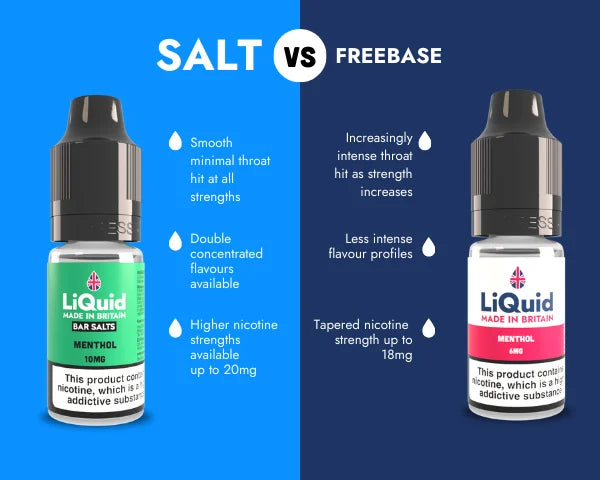
Freebase vs Salt Nicotine Explained
freebase nicotine and salt nicotine can offer quite different vaping experiences which may be better or worse suited yto your journey based on your goals and preferences.
In basic terms:
- Freebase nicotine e-liquids are the most common starting point for new vapers who want a throat hit and nicotine level that matches their previous experience with cigarettes to make the transition to vaping a little easier. It is used in both High-PG and High-VG e-liquids. Freebase e-liquids tend to have milder flavours, but a wide variety of nicotine strengths.
- Nicotine salt e-liquids are more modern products, and are known for being the type featured in disposable vapes. They offer very effective craving management, but without the throat hit some vapers enjoy. They are ideal for vapers looking for high-strength satisfaction, but a smooth inhale. They are typically available in rich double-concentrated flavours and are fast becoming almost as popular as freebase e-liquids among new and experienced vapers alike.
What Kinds Of Vape Juice Are There?
TLDR: Vape juice is available in two main varieties: High-VG and 50-50, with freebase and nic salt e-liquids being sub-categories of the 50-50 umbrella.
There have been many different kinds of e-liquid developed to meet different consumer needs and trends. For many years, 50-50 freebase e-liquids were the only options, then more experienced vapers wanted a thicker vape juice that produced bigger clouds for tricks, which is where HVG e-liquid came in.
Once TPD regulations were introduced restricting the size of nicotine-containing e-liquids to 10ml, shortfills were popularised. This is because they allowed vapers to get hold of larger volumes of the vape juice they loved, albeit sold as 0mg nicotine-free, but with space in the bottles to add nic shots - flavourless high-strength e-liquids designed to be diluted down in shortfills to create the usual 3mg or 6mg High-VG strengths.
More recently nic salts became popular because they offered the craving satisfaction of high-strength nicotine, but with a smooth taste to help those that had recently quit smoking, but did not enjoy the throat hit of freebase vapes.
We explain the most common e-liquid types below:
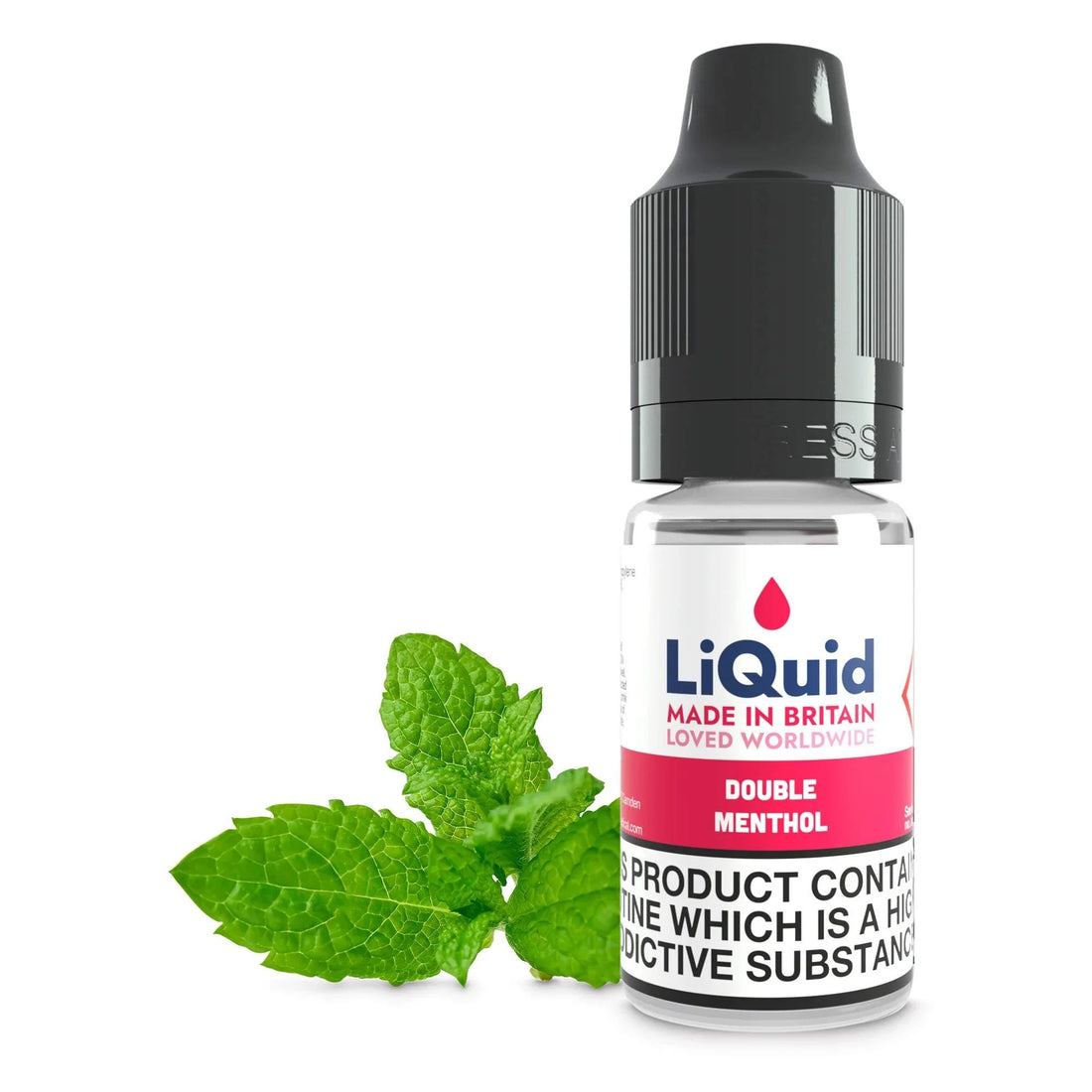
What is 50/50 ‘Freebase’ Vape Juice?
- The most commonly used e-liquids are typically called “50/50”. This refers to the fact that in most cases these e-liquids will contain an even ratio of PG to VG, which results in a stable mixture capable of supporting nicotine strengths from 3mg up to 18mg.
- They are known for delivering a throat hit which increases in intensity the higher the nicotine content.
- While still very tasty, freebase 50-50 e-liquids tend to have milder, more balanced flavour profiles compared to modern nic salts.
- Better suited to smaller vaping devices that are designed to support mouth-to-lung (MTL) style of vaping.
- Most pre-filled pod devices will utilise 50/50 recipes in a variety of flavours and strengths.
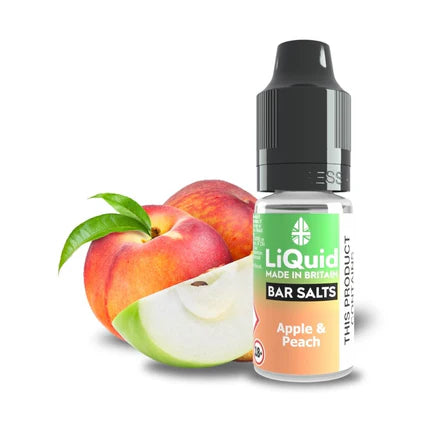
What Is 50/50 ‘Nic Salt’ Vape Juice?
- Nicotine Salt e-liquids follow the same principles as 50/50’s. They are compatible with the same vape kits and are blended in the exact same way. The primary difference is that they utilise salt rather than freebase nicotine. This offers unique benefits for certain vaping preferences, including a smooth taste even when vaped at higher strengths and longer-lasting craving satisfaction.
- They typically contain double-concentrated flavourings to replicate the experience offered by incredibly popular disposable vape kits like Elf Bar or Lost Mary when paired with refillable pod kits.
- Along with double-concentrated flavours, many nic salts have a low to high strength cooling element, giving them a fresh taste, some vapers love this, others not so much. There are examples available from our store which do not have any cooling so don't let this put you off considering them for your journey.
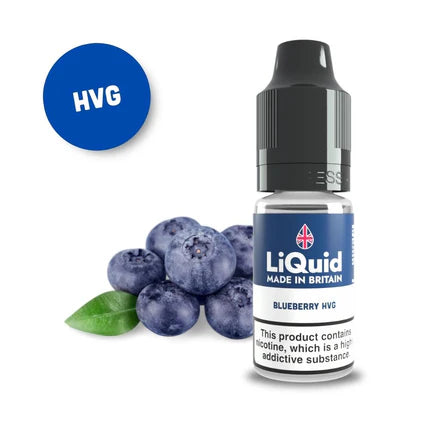
What Is ‘High-VG/HVG’ Vape Juice?
- High Vegetable Glycerol (aka HVG) e-liquids are, along with 50/50s, one of the longest-standing liquid varieties available to consumers. They utilise a much higher ratio of VG in their recipe (80:20 or 70:30). Due to the lower volume of PG, a more effective carrier agent, HVG e-liquids are typically unavailable in strengths beyond 3mg or 6mg.
- Higher nicotine strengths are less preferable for HVG juices as larger doses (12mg and above) are generally considered be an unpleasant experience due to the larger amount of vapour that is typically inhaled vs a 50/50 e-liquid.
- HVG e-liquids are only compatible with sub-ohm vaping devices, with a coil rating of less than 0.9ohms. These devices are instantly recognisable in most cases due to their large size, often outlandish designs and detailed user interface - typically used by experienced vapers.
What Nicotine Strength Should I Vape?
New vapers come in two confirmed camps: recent ex-smokers who have never vaped, and those who have only used disposable vapes. In either case, it can be difficult to know which nicotine strength e-liquid you should choose to best meet your needs.
If you are a brand-new vaper who has just quit, you should consider your previous smoking habit and use this as a baseline for which nicotine strength you should opt for. Less frequent smokers should try 3mg-6mg, whereas heavier smokers will likely need 12mg-18mg to satisfy cravings. Freebase e-liquid, like our original range, offers all these strengths as well as a slight throat hit that many smokers will find familiar.
If you are an ex smoker who does not want a throat hit however, or has been experimenting with disposable vapes, then nic salts or bar salts are a great option as not only do they replicate all the most popular disposable vape flavour profiles, they also offer high-strength satisfaction without the throat hit.
We will break down below the best options for different habits below, so you can cross-reference them against your own needs:
The best nicotine strengths for people who enjoy a throat-hit
The best nicotine strengths for people who don't enjoy a throat-hit
What Vape Flavour Should I Choose?
TLDR: Vape flavour choice is largely down to personal taste, but new vapers may prefer menthol or tobacco for familiarity to cigarettes.
There are literally hundreds of different vape flavours out there to choose from, from completely unique blends to staples that almost every major vaping brand offers a variant of. The decision about which is best for you is down to your personal taste and the needs of your vaping journey.
New vapers who are transitioning from cigarettes tend to prefer menthol or tobacco profiles as these more closely mimic the experience of smoking, making switching to vapes a little easier. Others, however, enjoy the freedom to move away completely from those simplistic profiles and explore fruit, beverage and other flavour options that allow them to satisfy nicotine cravings alongside a flavour that better suits their taste.
The best advice we can give to brand new vapers is to start slowly and work your way up to more elaborate and wacky flavour profiles. Getting started with vaping is complex enough, so sticking to simple flavours like menthol, mint or tobacco profiles, and simple fruits like strawberry or raspberry. This measured approach will allow you to find which foundational vape flavours you enjoy, before experimenting with more complex combinations and ice effects etc.
The best way to find your perfect vape flavour is to explore the ranges on offer at sites like ours, and add a few different types to your basket - being £1 per 10ml bottle, the LiQuid online vape store has made it cheaper and easier to try a few different vape flavours so you can find your favourites - explore the ranges below to see what flavours are on offer:
Explore A World Of Vape Flavour With LiQuid
Vape Juice FAQs Answered
After reading this guide you should now have the basics covered, and be armed with the informaiton you need to start exploring the world of vape juice and buying the products you think will best serve you on your vaping journey.
If you still have any unanswered questions that are holding you back from making that first purchase, check out the FAQs below, where we answer some of the most common queries our newer customers typically ask about vape juice:
How Should I Store My Vape Juice?
How Should I Store My Vape Juice?
Vape juice is sensitive to both light and temperature changes, so it is best to keep it out of direct sunlight, and away from extreme heat or cold.
Sunlight exposure can make the nicotine in your bottle turn darker, changing the colour of the e-liquid itself.
Heat can make the vape juice thinner, and can impact the way flavours develop over time which can have unexpected and sometimes unpleasant results.
Cold makes vape juice thicker, which can make it difficult to absorb into your vape kit's coil, increasing the risk of dry burn or coil damage.
Does Vape Juice Expire?
Does Vape Juice Expire?
While technically vape juice doesn't "go off" like perishable foods etc, it does change over time. We advise a shelf-life of 2 years for any bottle of e-liquid, as up until this point the e-liquid will not change very much.
After the t mark, e-liquid can over-steep, which can make the flavour less enjoyable to vape, and the nicotine can settle within the mixture, leading to erratic dosing when using it, making it harder to manage cravings effectively.
We use a Produced On Date (POD) instead of a traditional BBE to better represent the shelf life of our e-liquids. Check the base of your bottle to find it and take note of how much time has passed since the POD to effectively gauge whether or not your e-liquid should be vaped.
Is Vape Juice Safe?
Is Vape Juice Safe?
Fill in the text content of the collapsible item here. You can provide details and explanation for the question here.
Why Are E-LiQuids Sold In 10ml Bottles?
Why Are E-LiQuids Sold In 10ml Bottles?
Fill in the text content of the collapsible item here. You can provide details and explanation for the question here.
What Are Shortfill E-Liquids?
What Are Shortfill E-Liquids?
Fill in the text content of the collapsible item here. You can provide details and explanation for the question here.
Is Cheap Vape Juice Low Quality?
Is Cheap Vape Juice Low Quality?
Fill in the text content of the collapsible item here. You can provide details and explanation for the question here.
